
Arctic warming could be behind a decrease in the number and size of Arctic lakes, say researchers from the University of Alaska Fairbanks and the University of California Los Angeles. Their study, appearing in Science, compares satellite photographs of Siberia taken in the 1970s to photographs from 1997-2004.
Researcher Larry Hinzman, from the University of Alaska Fairbanks, tracked the changes occurring to more than 10,000 large lakes over an area of 200,000 square miles. He also compared satellite data of tundra ponds on the Seward Peninsula in Alaska and found that the surface pond area there had decreased over the last 50 years. “This is the first paper that demonstrates that the changes we are seeing in Alaskan lakes in response to a warming climate is also occurring in Siberia,” said Hinzman. In the latest study, the total number of large lakes decreased by 11 percent. While many did not disappear completely, they shrank significantly. The overall loss of lake surface area was a loss of approximately 6 percent. In addition, 125 lakes vanished completely and are now re-vegetated.
In regions with thin or discontinuous permafrost, surface soils become drier as the permafrost degrades. “The changing lakes are a consistent, measurable indication of the overall changes to hydrology in the Arctic,” said Hinzman. “The loss of surface water will inevitably impact local ecosystems, which will have a cascading effect. Changes could include loss of migratory bird habitat resulting in an effect on subsistence activities as well as changes to local and regional atmospheric conditions.”

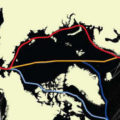

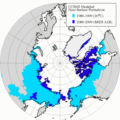




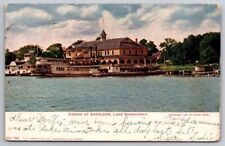
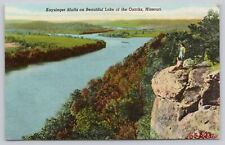
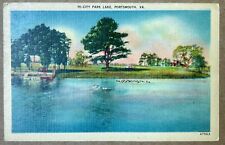
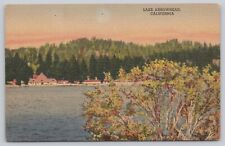


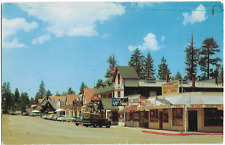
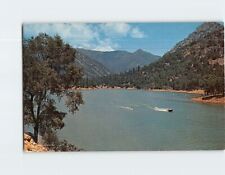
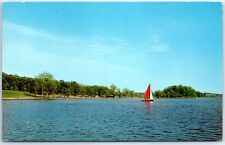
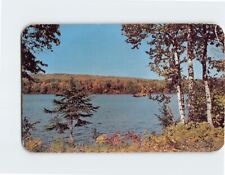
Comments are closed.